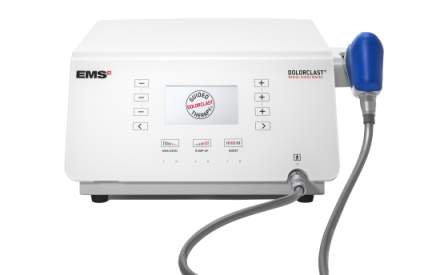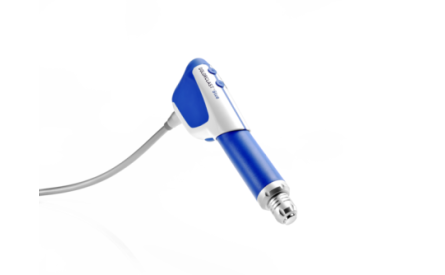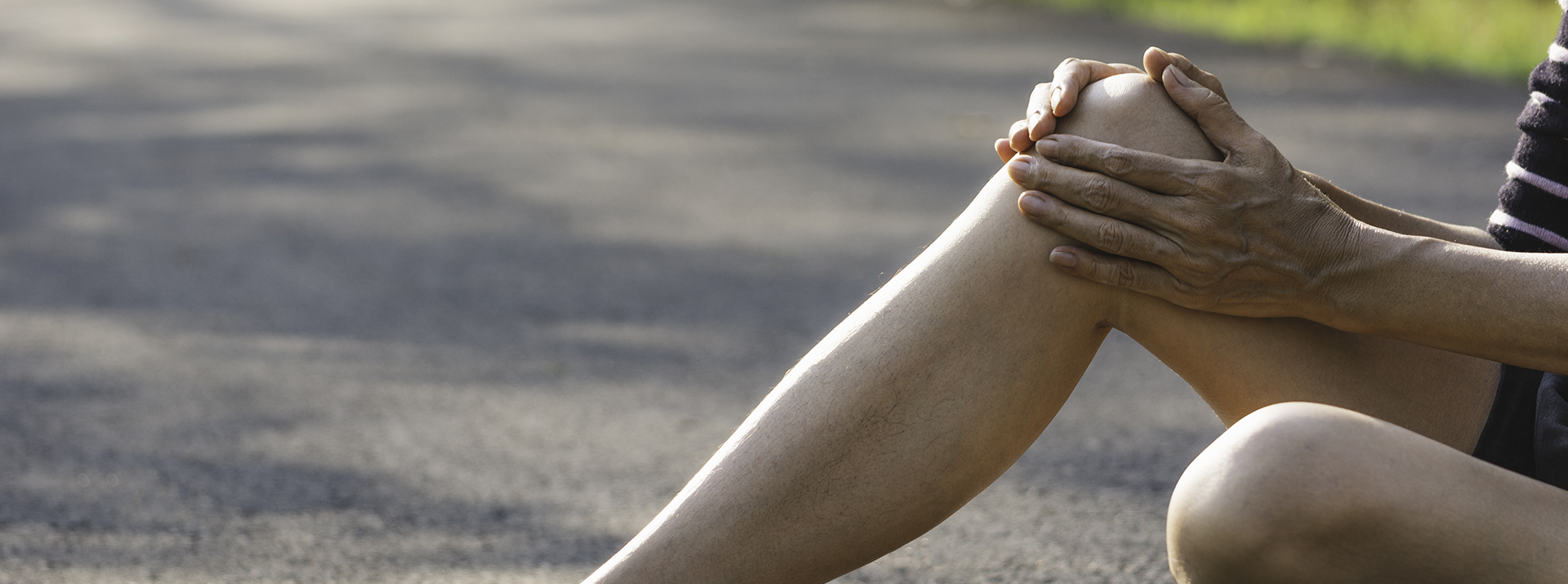
Do your patients feel discomfort after ESWT?
We have heard from some physiotherapists that several of their patients complained of pain several hours or days after their treatment. Extracorporeal shock wave therapy can efficiently treat many musculoskeletal pathologies, but it may also be accompanied by pounding and dull pain for patients afterward, especially on sensitive zones, such as Achille’s tendon, elbow, and knee. Therefore, we interviewed Marie-Christine Collet, Education Specialist from the Swiss Dolorclast® Academy to get advice on pain relief after the treatment.
Can you explain in a few words the reasons why patients may feel pain after a Shock Wave treatment?
Shock waves are an efficient way to fight the pain caused by tendinopathies and other pathologies, but it can sometimes cause discomfort or even severe pain especially on sensitive body areas even after the treatment. The reason is that shock waves cause micro-traumas and bursting of microtissues (bone, tendons, and muscles) in order to generate blood flow and stimulate cell regeneration. Then, both traumas and recovering tissues might be the responsible for the engendered pain.
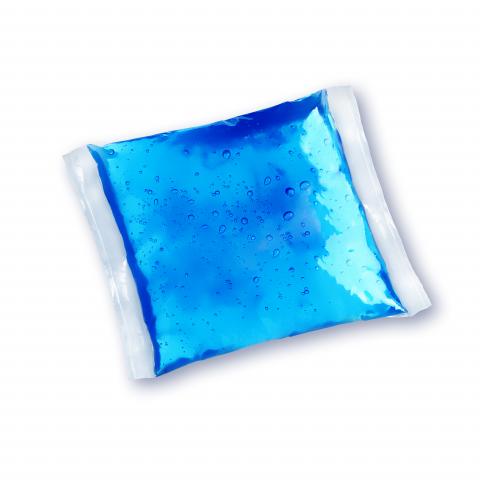
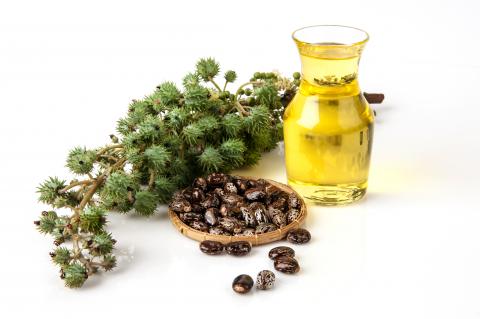
Do you have any advice for physiotherapists so that they can help their patients to limit pain after each treatment session?
There are several simple and effective methods that can alleviate pain without necessarily involving the ingestion of drugs. Above all, it is important for physiotherapists to warn their patients to restrict and avoid as much as possible the use of the area that has just been treated. This will allow the muscle to rest completely and regenerate faster in an optimal way. Applying ice is also a very effective method in the short and medium-term to reduce the effects of the treatment. Be careful to mention that direct contact with the area can cause a cold burn, the use of a waterproof material in-between is highly recommended. The patient can also buy castor oil or arnica vegetable oil (preferably organic) to be placed on the treated tendon area in the morning and evening to limit inflammation. Small side-note: castor oil has a very thick and greasy texture. So, no need to put a lot, a few drops are enough. Finally, the patient can combine all of this with the application of a thick green clay poultice directly on the painful zone. This should be held under a bandage for about 30 minutes. This can be done several times during the day, at any time. They can buy the clay in a ready-made tube or prepare it themselves using fine clay powder and water. You should also know that castor or arnica oil, as well as the use of green clay, are contraindicated for pregnant women, so please be careful.
Combination therapy is key for a successful and comfortable treatment
Before a shock wave treatment, using a high-power laser can help patients better tolerate the discomfort caused by ESWT and deliver more energy, thus obtaining better results.
Guided DolorClast® Therapy gets your patients going!



